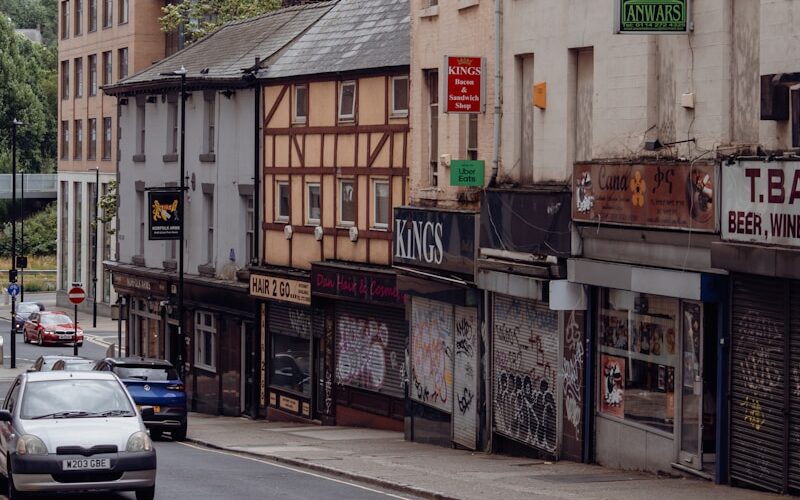The Build-to-Rent (BTR) sector is poised to play a pivotal role in addressing the UK’s deepening housing crisis, but industry leaders stress it must evolve to stay viable, sustainable, and truly community-focused. This was the resounding message from a recent roundtable in Manchester, hosted by property consultancy JLL and law firm Mills & Reeve, where key figures from the property world gathered to dissect the sector’s challenges and chart its future.
The discussion underscored three critical priorities: engaging investors from the outset, fostering deeper collaboration between public and private sectors, and pivoting towards placemaking that puts communities at the heart of development.
Early investor involvement, experts argued, is essential to secure financial stability and reduce risks in an increasingly complex market.
Manchester’s Ancoats regeneration emerged as a standout example—a blueprint where private capital and local planning converged to transform a neighbourhood into a vibrant, sought-after community.
Yet, delivering high-quality, affordable BTR homes while meeting ambitious government targets remains a sticking point.
Rising construction costs, regulatory pressures, and a strained planning system are testing the sector’s resilience.
The Building Safety Act, though lauded for prioritising resident safety, drew scrutiny for its unintended side effects—lengthy compliance processes and a shortage of planning officers are stalling much-needed housing delivery.
The roundtable consensus was clear: the BTR model must adapt. Communities should no longer be passive recipients of development but active participants in shaping it.
Placemaking—creating spaces that people want to live in—remains a cornerstone of success, but it must be balanced with digital innovation, environmental responsibility, and long-term profitability.
Alexandra Bright, Development Associate Director at JLL, emphasised the power of collaboration in driving progress.
“The Build-to-Rent sector thrives when we work together,” she said. “Conversations like these spark solutions, share insights, and push us towards a more sustainable and responsive future.”
Alexandra Murphy, Principal Associate at Mills & Reeve, echoed this sentiment, highlighting the value of robust debate.
“Gathering brilliant minds in one room ignited the kind of dynamic, solutions-driven discussion the industry needs,” she noted. “Collaboration between developers, investors, and local authorities is non-negotiable if we’re to unlock BTR’s full potential.”
As the UK grapples with a housing shortage that shows no sign of abating, the BTR sector stands at a crossroads.
Its ability to deliver homes at scale is undeniable, but success hinges on navigating a landscape of rising costs, regulatory complexity, and community expectations. For London and beyond, the message is clear: evolution isn’t optional—it’s essential.
The London Property News will continue to track how BTR adapts to these challenges and shapes the future of UK housing.




